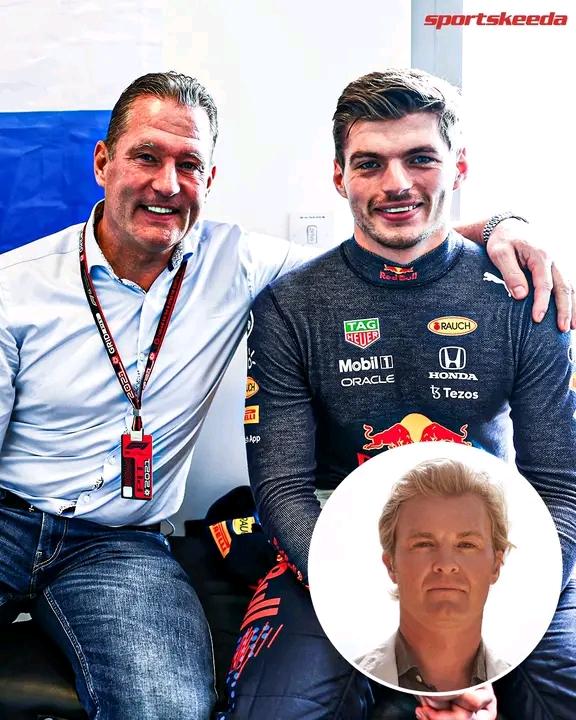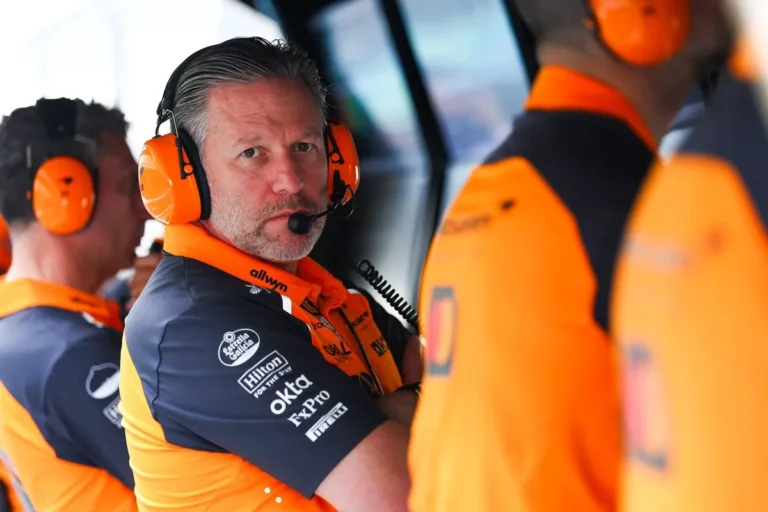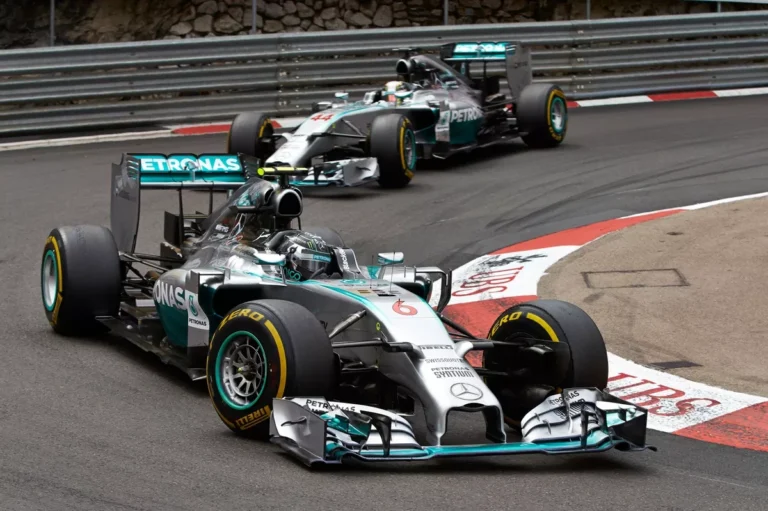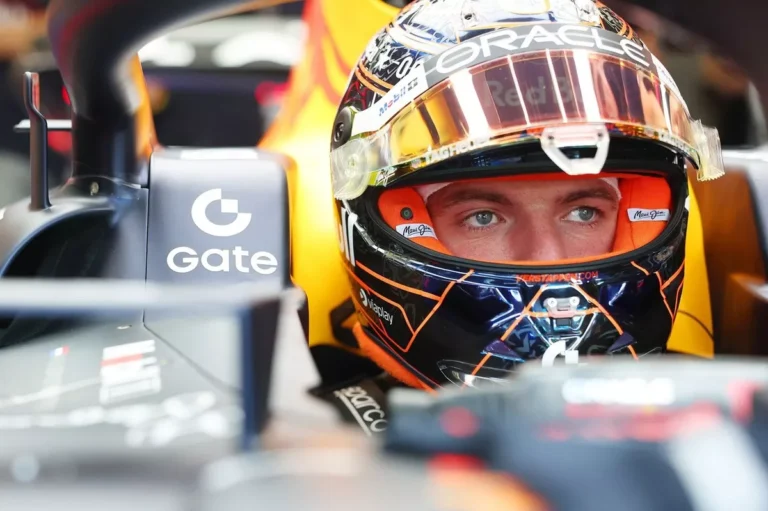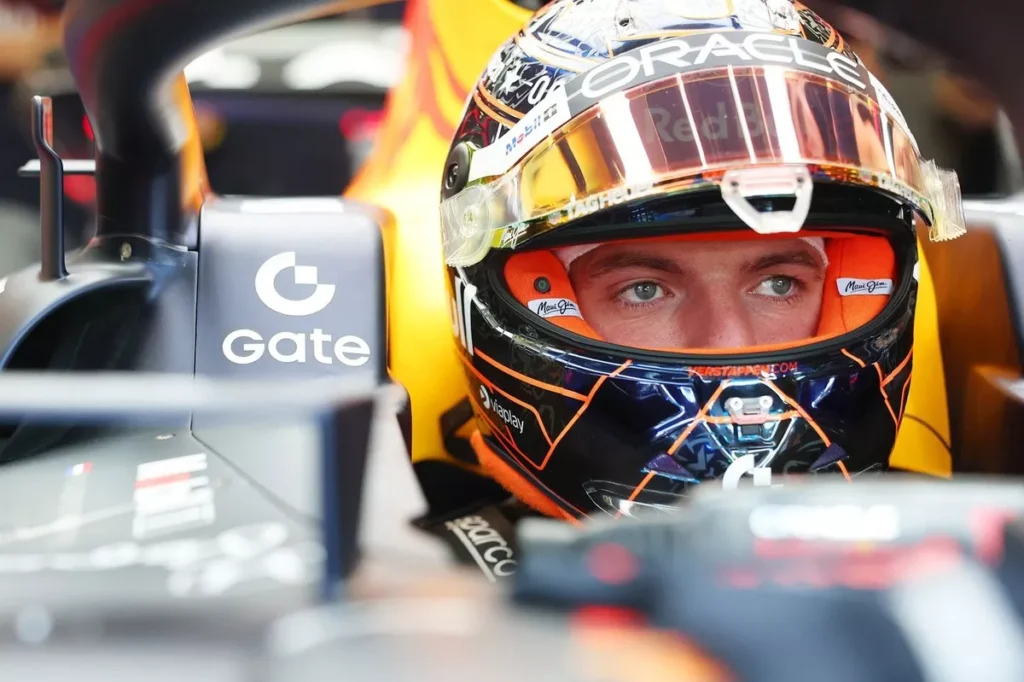
Red Bull’s two Formula 1 outfits have taken different approaches with their 2025 machinery, resulting in notably different driving experiences. While the main Red Bull RB21 is fast but notoriously difficult to handle due to its narrow performance window, the Racing Bulls’ VCARB 02 has proven far more forgiving. This characteristic has helped rookie Isack Hadjar make an impressive start, but it has also highlighted the struggles of others. Yuki Tsunoda, strong early in the season, now faces the same challenges that have troubled Verstappen’s past teammates. In contrast, Liam Lawson has rediscovered his form at Racing Bulls, even finishing ahead of Verstappen in Hungary.
The ease of driving the VCARB 02 is no accident. Racing Bulls’ new team principal, Alan Permane, revealed that the team deliberately aimed for a car that was easier for drivers to extract performance from. This philosophy emerged during winter development, with early tests in Bahrain confirming their progress. Although some might assume this focus comes from the team’s role in grooming rookies, Permane insists the intention wasn’t solely to aid newcomers—he believes even top-tier drivers would find the car comfortable and capable.
Given this, one obvious question arises—why hasn’t Max Verstappen been given a chance to sample the Racing Bulls car? While doing so during a race weekend would be impractical due to scheduling and commercial commitments, a low-key filming day could work. Each team is allowed two filming days per year, limited to 200km on special demo tyres, which could provide a perfect opportunity. Such a test could give Racing Bulls valuable performance benchmarks, offer technical feedback from Verstappen, and allow Red Bull to directly compare both cars.
However, the idea isn’t without political complications. Sources indicate that Red Bull may be avoiding such a move to prevent raising suspicions among rival teams. The FIA is already planning to tighten operational rules for 2026 to better define relationships between “A” and “B” teams. Letting Verstappen drive the sister team’s car, even legally, could fuel debates about competitive fairness. McLaren’s team boss, Andrea Stella, has been vocal about the need for strong safeguards to protect team independence and ensure no undue advantages are gained from close technical partnerships.
In that light, Red Bull may have decided that the potential political fallout outweighs the benefits. While nothing in the current regulations explicitly forbids Verstappen from testing the VCARB 02, avoiding even the perception of impropriety may be the smarter long-term strategy. This way, both Red Bull and Racing Bulls can continue developing their respective cars without stirring unnecessary controversy in the paddock.
